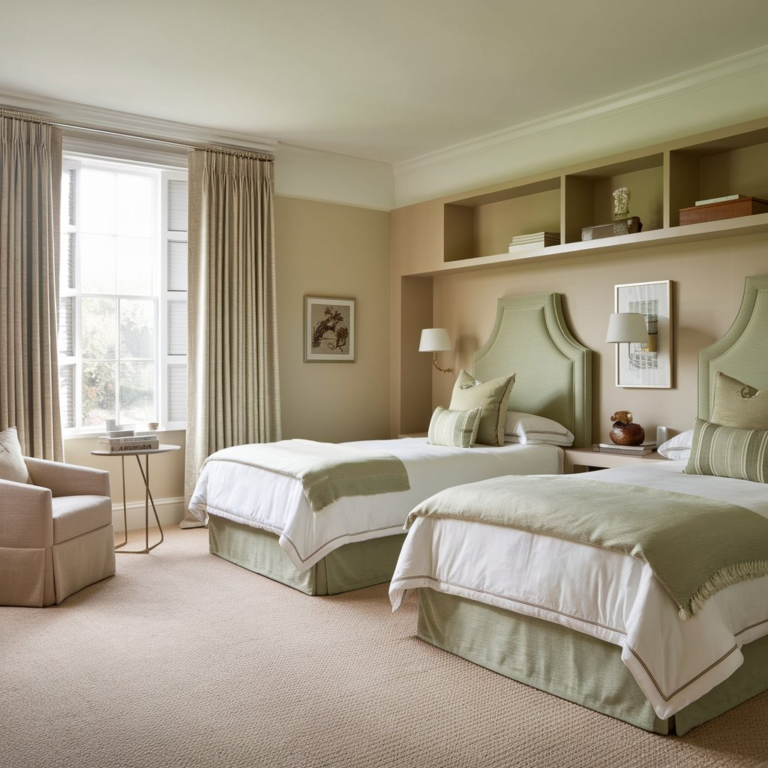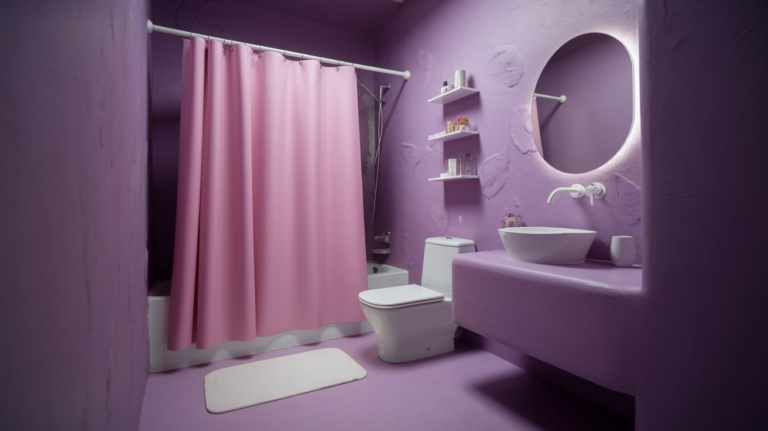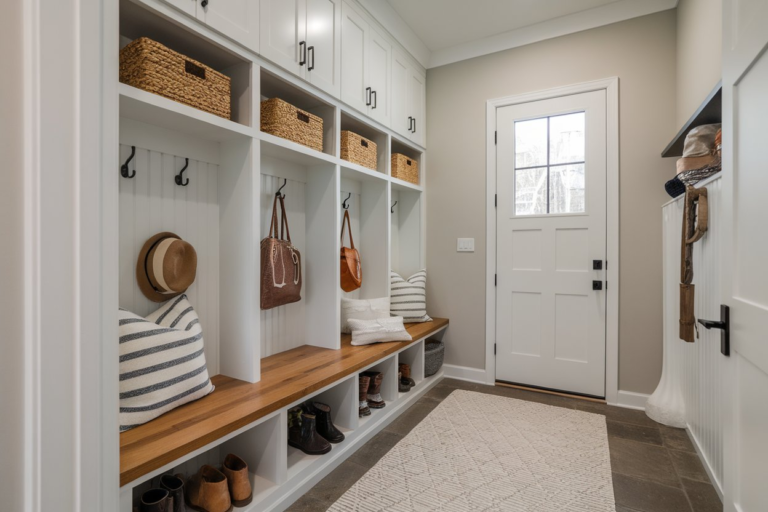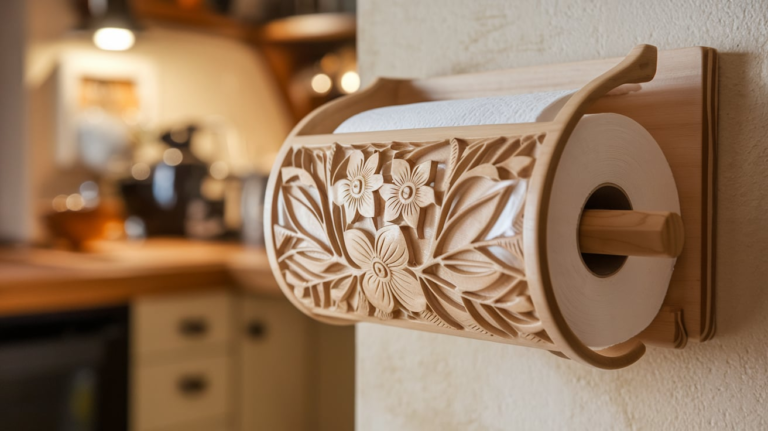27 Minimalist Living Room Ideas to Inspire Your Stylish Sanctuary
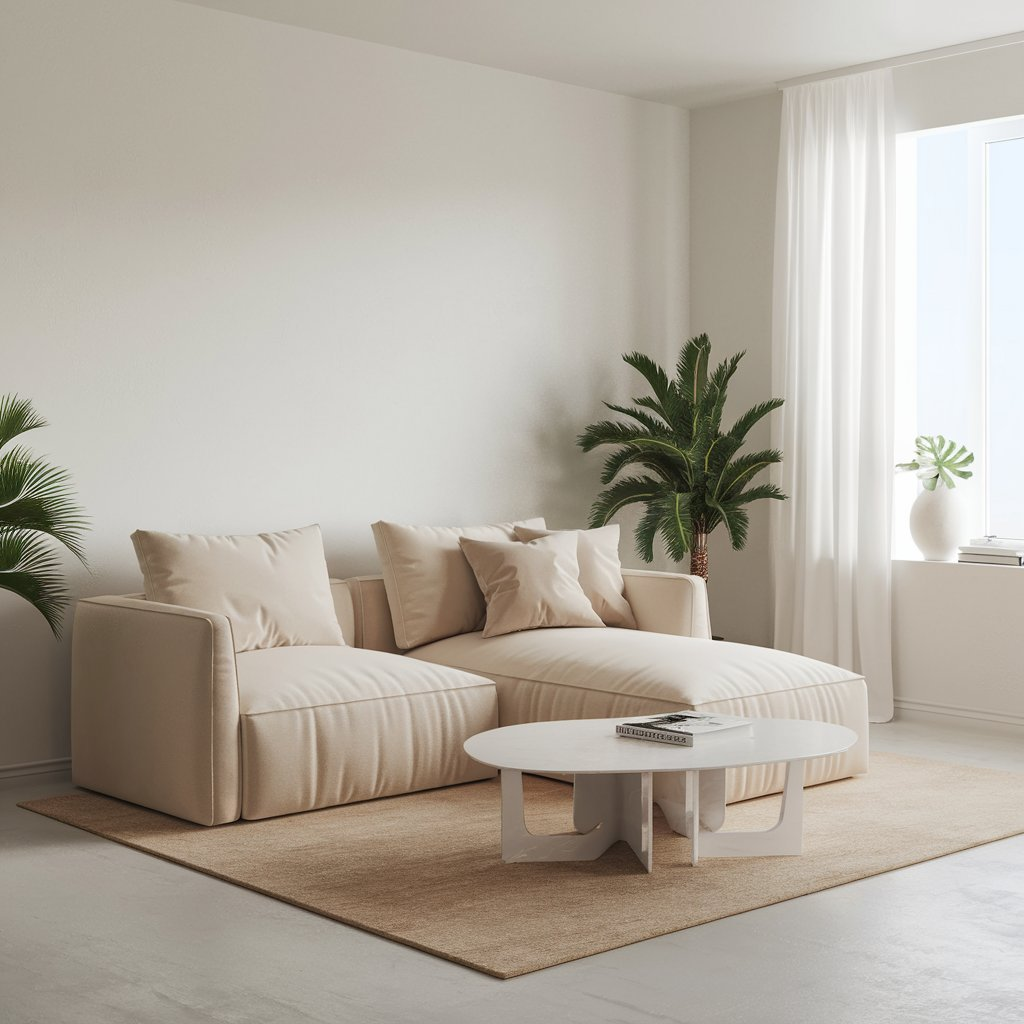
A minimalist living room isn’t just a design choice; it’s a lifestyle statement.
It’s about stripping away the unnecessary, embracing simplicity, and creating a space that exudes tranquility.
Minimalism is not cold or sterile—it’s warm, inviting, and filled with purpose. If you’re looking to transform your living room into a stylish sanctuary, you’ve come to the right place.
1. Neutral Color Palette
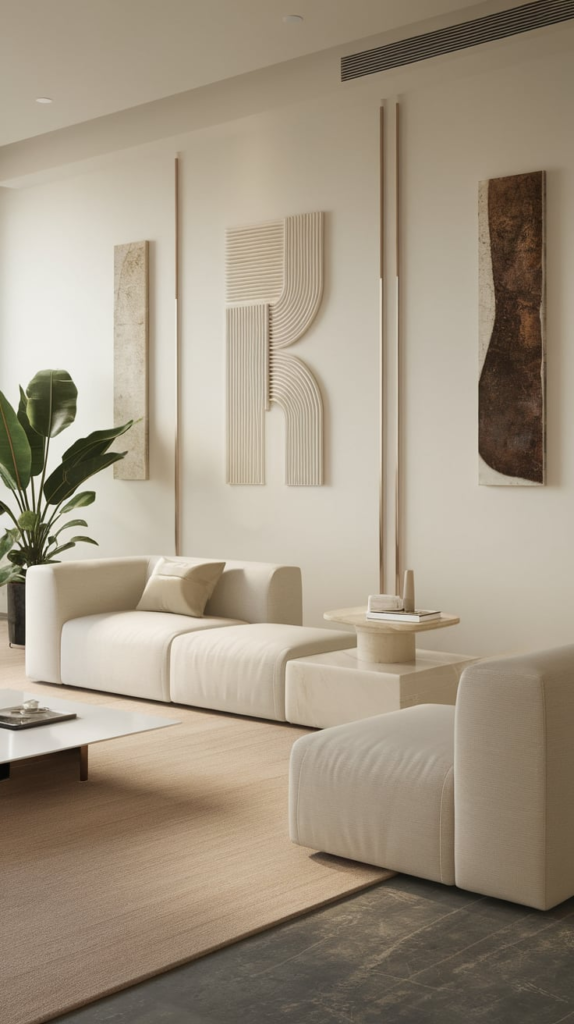
Start with a neutral color palette—think whites, grays, beiges, or soft earth tones. These hues create a calming atmosphere and serve as the perfect backdrop for minimalist décor. To avoid monotony, add depth with varied textures like a plush rug or linen curtains.
2. Low-Profile Furniture
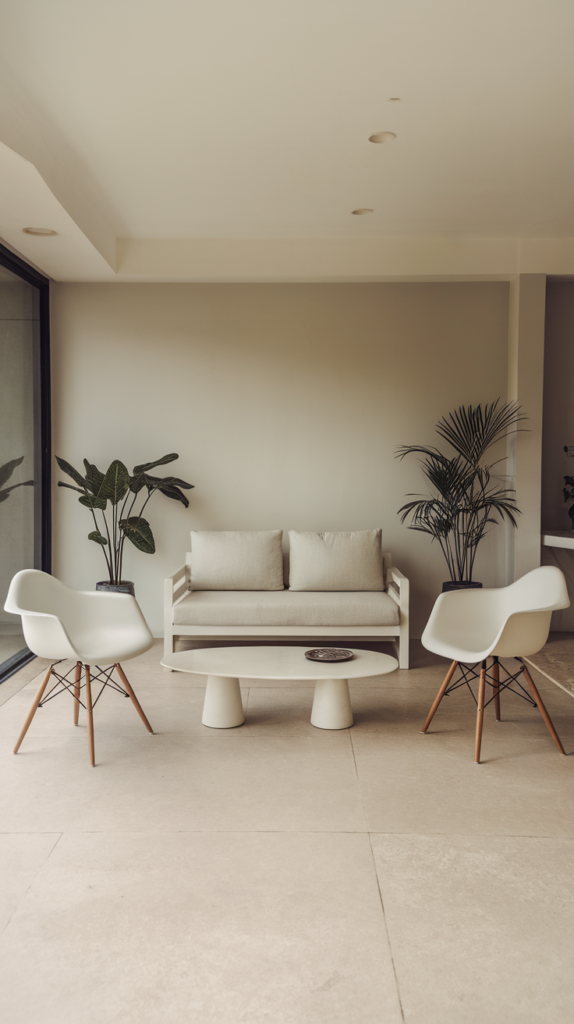
Minimalism thrives on clean lines and simplicity. Opt for low-profile furniture with straight edges and unembellished designs. A sleek sofa paired with a mid-century modern coffee table can give your space a chic, understated vibe.
3. Hidden Storage Solutions
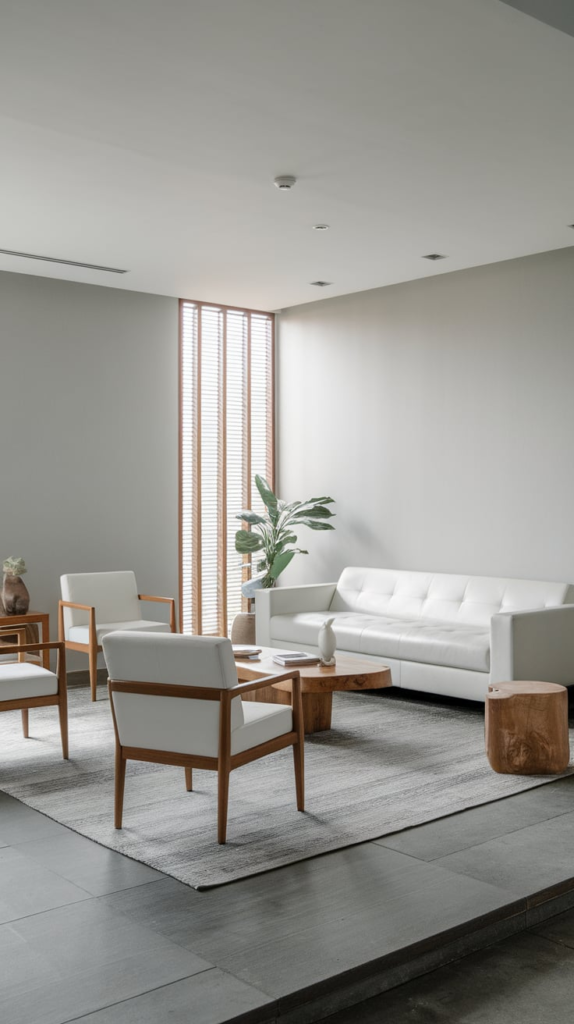
Clutter is the enemy of minimalism. Incorporate hidden storage solutions like ottomans with storage compartments, built-in shelves, or media consoles with concealed cabinets. Keeping everyday items out of sight maintains a clean, serene look.
4. Statement Lighting
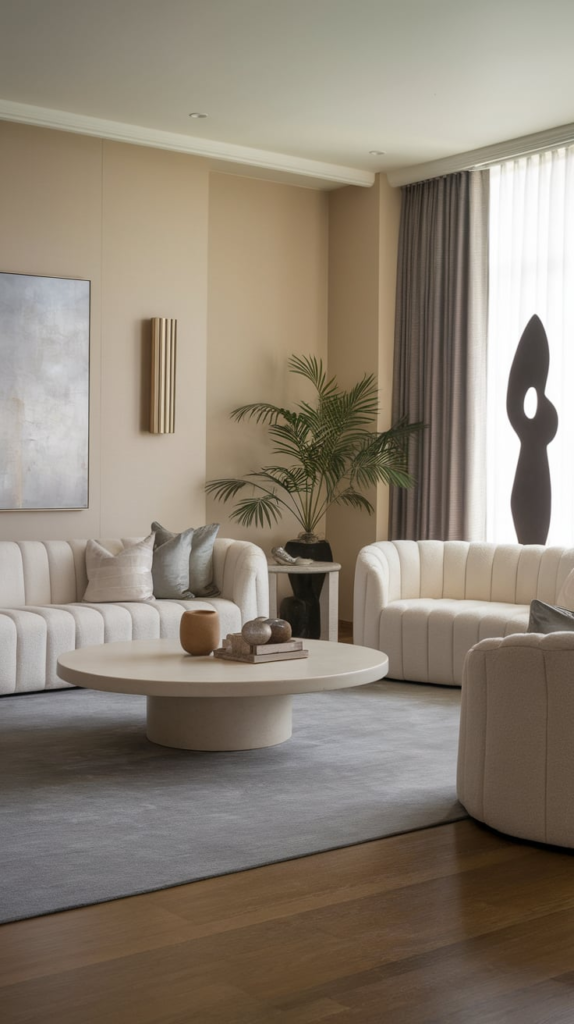
In a minimalist room, every piece counts. Invest in statement lighting that doubles as décor. A sculptural pendant light or an arc floor lamp can serve as a focal point while adding soft, ambient lighting.
5. Monochromatic Layers
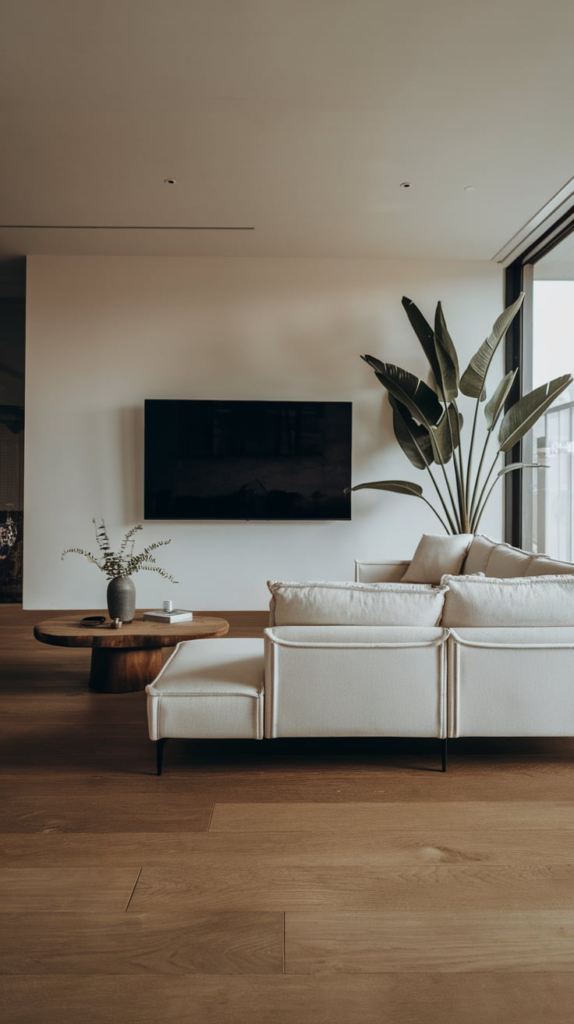
Layering shades of the same color can add depth to your minimalist living room. For example, pair a gray sofa with a lighter gray rug and charcoal throw pillows. This approach keeps the space visually cohesive yet dynamic.
6. Artful Use of Negative Space
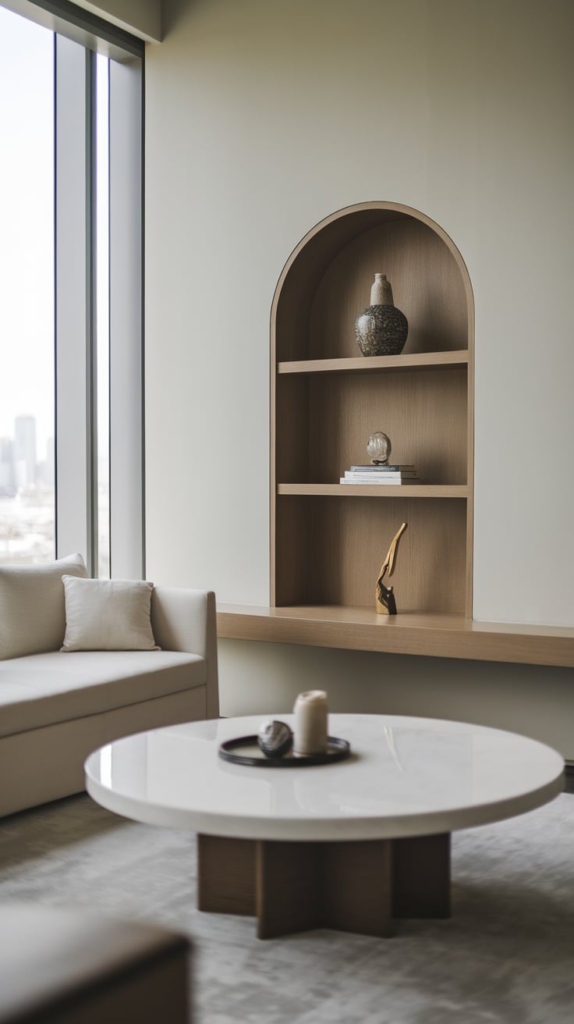
Embrace the power of negative space. Minimalism isn’t about filling every corner; it’s about letting the room breathe. Leave some walls bare and avoid over-accessorizing.
7. Functional Decor
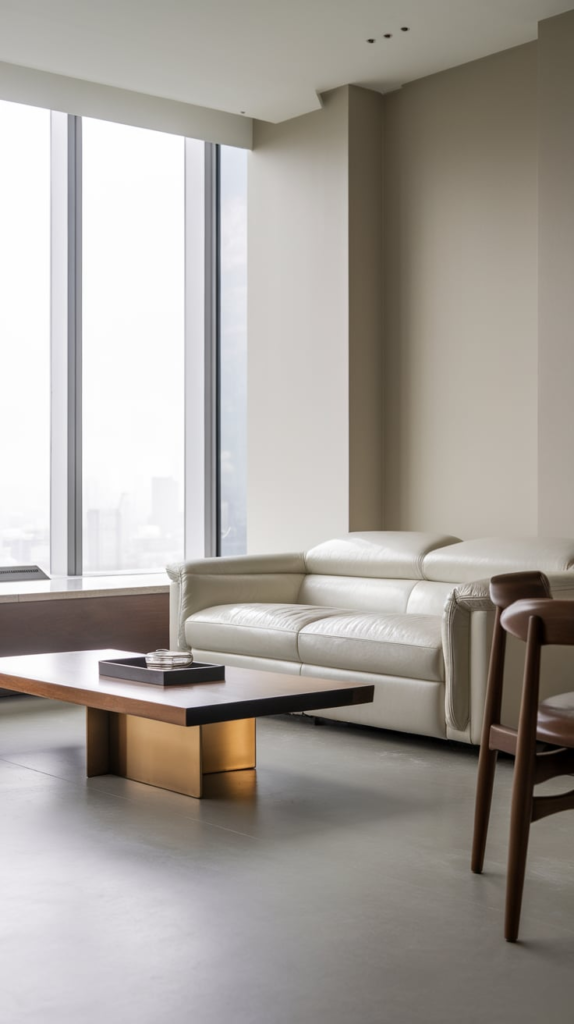
Choose functional decor that serves a dual purpose. For instance, a beautiful ceramic bowl can double as a key holder, and a sleek bookshelf can act as both storage and a display piece.
8. Natural Light
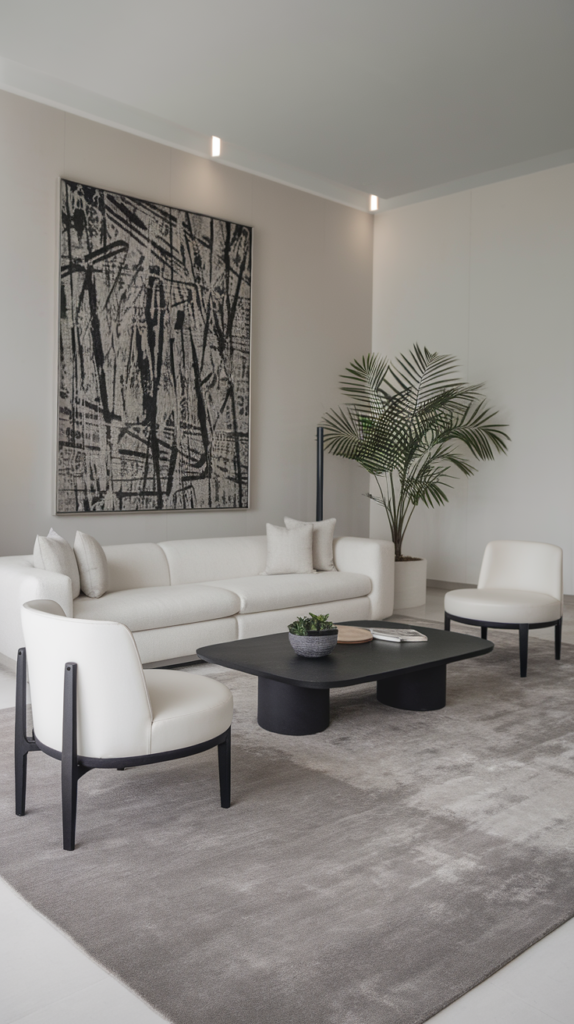
Maximize natural light to create a bright and airy ambiance. Use sheer curtains or leave windows bare if privacy isn’t an issue. Natural light not only enhances the room but also highlights the simplicity of your minimalist design.
9. Earthy Accents
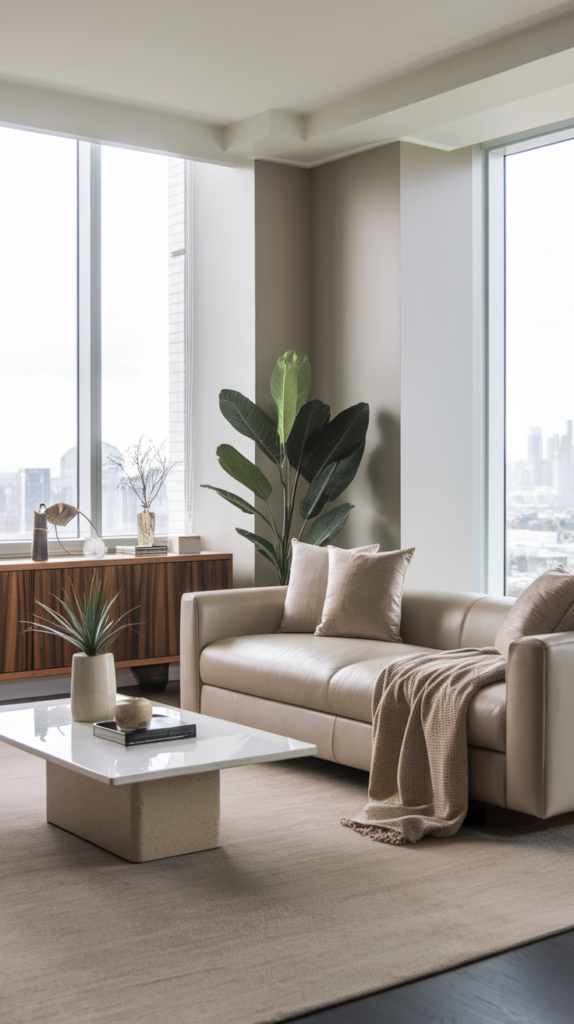
Minimalism doesn’t mean bland. Add warmth with earthy accents like wooden furniture, terracotta planters, or woven baskets. These elements ground the space and make it feel inviting.
Personal anecdote: I once replaced a bulky entertainment unit with a simple wooden bench. It not only decluttered my living room but also added a cozy, rustic charm.
10. Open Shelving

Open shelving is a minimalist favorite for its clean look and practicality. Display only a few carefully curated items, like books, plants, or ceramics, to keep it from feeling cluttered.
11. Greenery for Freshness

Introduce life into your minimalist living room with plants. A fiddle-leaf fig, snake plant, or even a small succulent adds a refreshing touch of green without overwhelming the space.
12. Low Seating Arrangements
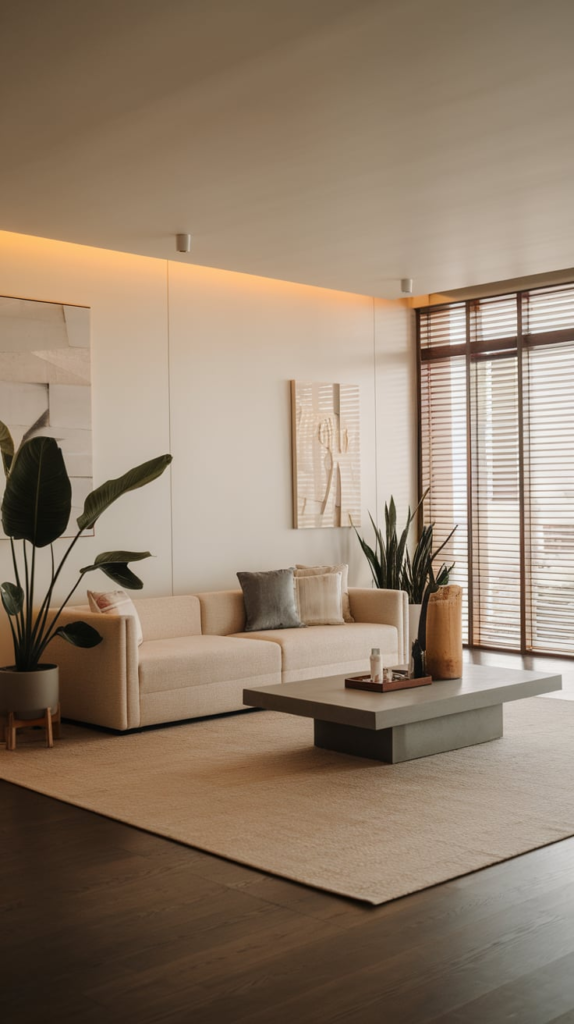
For a Zen-inspired minimalist look, consider low seating arrangements. Floor cushions, poufs, or a low-profile sofa create a relaxed vibe and make the room feel more spacious.
13. Built-In Furniture
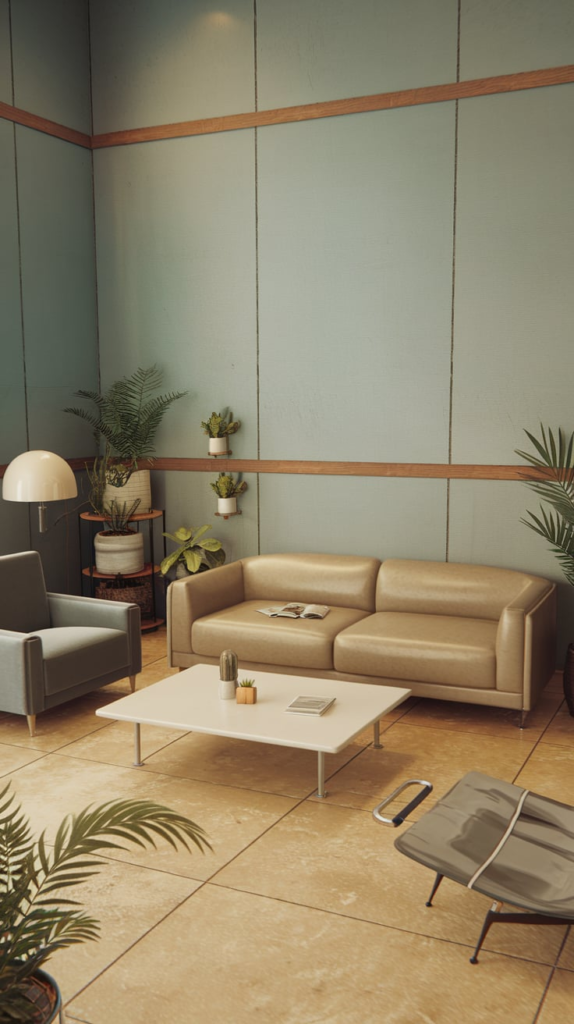
Incorporate built-in furniture like window seats or recessed shelves. These designs seamlessly blend into the room, offering functionality without adding visual clutter.
14. Accent Wall in Soft Tones
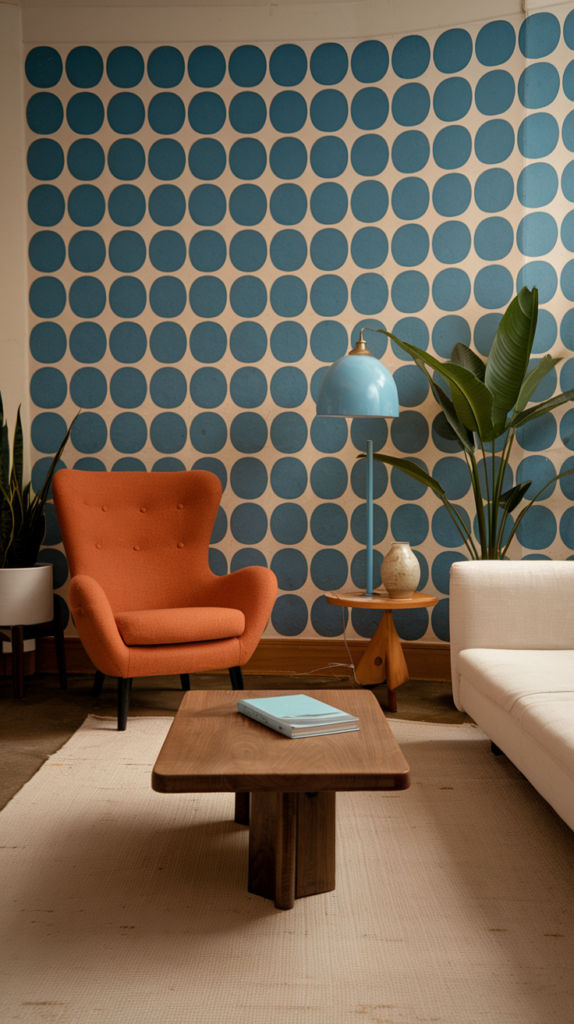
Create subtle interest with an accent wall painted in a soft, muted tone. A light sage green or pale taupe wall can add personality while maintaining a minimalist aesthetic.
15. Floating Furniture

Opt for floating furniture, like wall-mounted shelves or floating consoles. These designs create the illusion of more space and keep the room feeling airy.
16. Geometric Shapes

Add visual interest with geometric shapes in furniture or decor. A round coffee table, hexagonal wall shelves, or a grid-patterned rug can break up straight lines without overcomplicating the design.
17. Minimalist Artwork

Select minimalist artwork with clean lines and simple compositions. Think black-and-white photography, abstract prints, or single-color paintings. Frame them in thin, understated frames for a polished look.
18. Textural Contrast
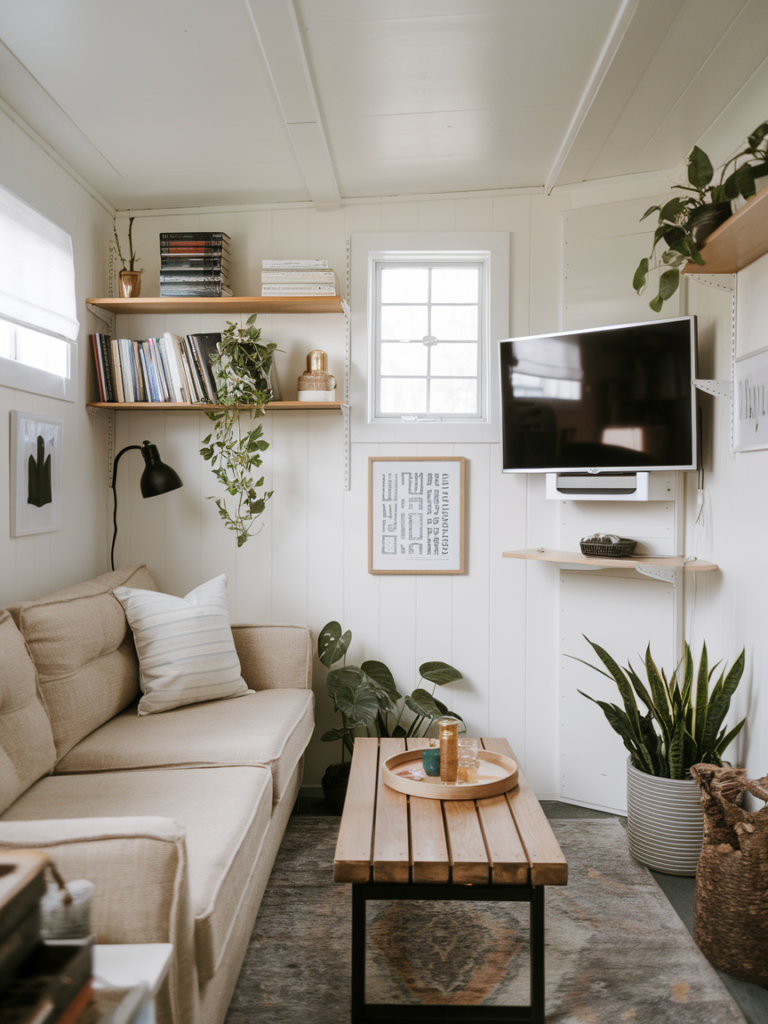
Balance simplicity with textural contrast. Combine materials like smooth leather, soft cotton, and rough jute to create a tactile experience that’s anything but boring.
19. Symmetry and Balance
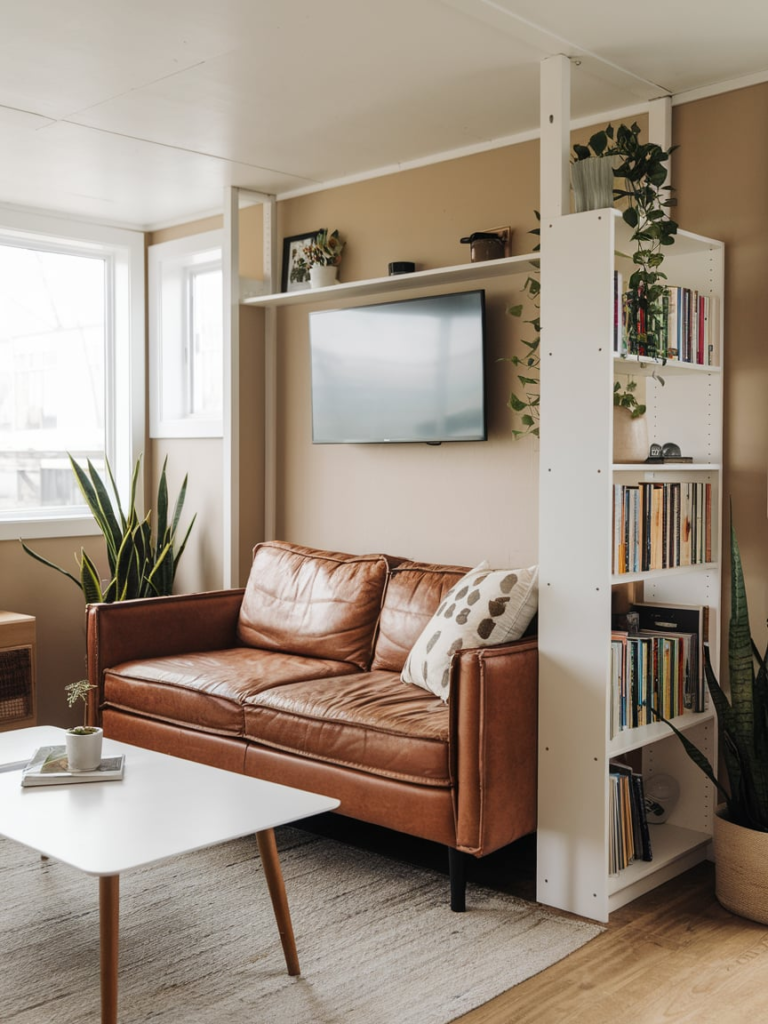
Achieve harmony with symmetry and balance. Arrange furniture and decor in pairs or mirror-image layouts. A symmetrical setup feels organized and pleasing to the eye.
20. Integrated Technology
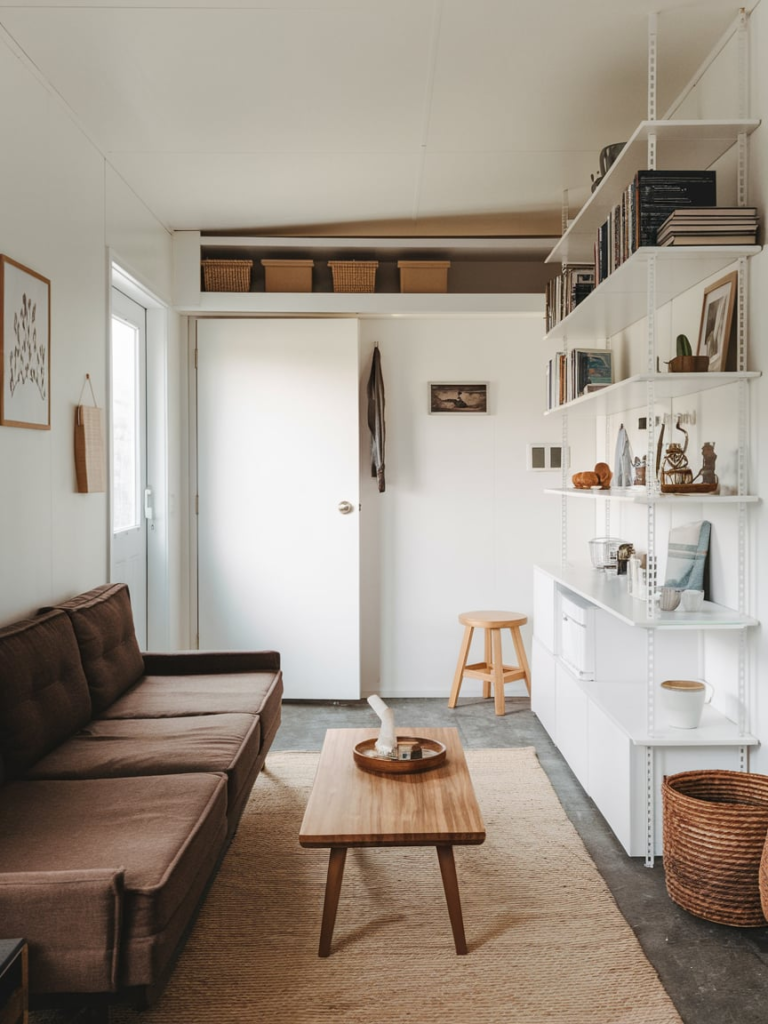
Minimize visual distractions by integrating technology into your minimalist design. Wall-mounted TVs, hidden cable management systems, and discreet speakers keep the space clean and modern.
21. Muted Patterns
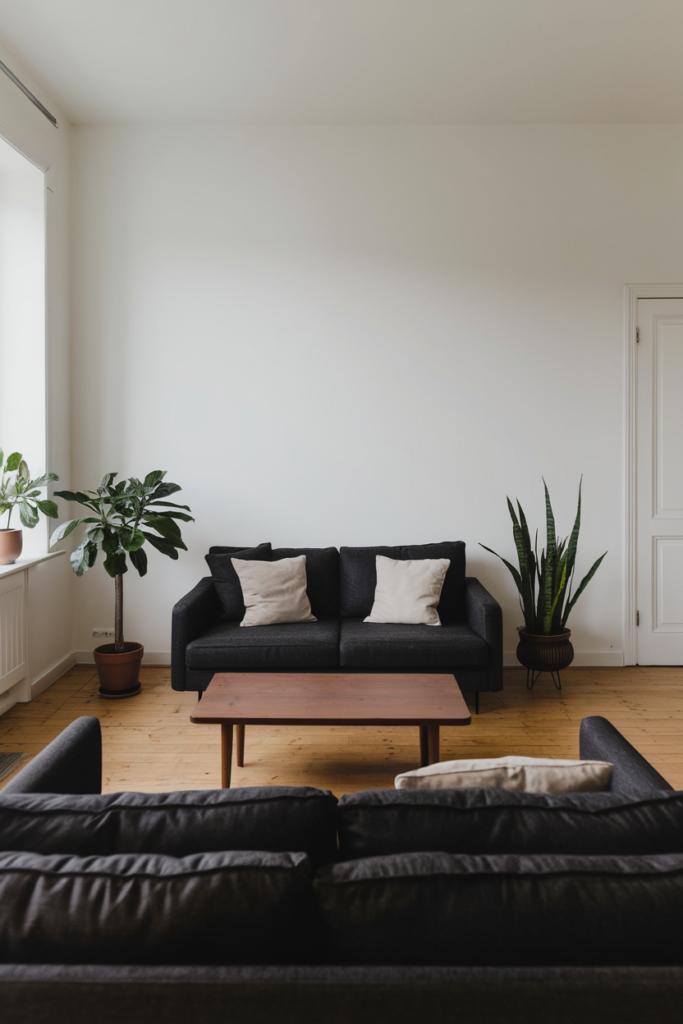
Introduce subtle patterns through rugs, throw pillows, or curtains. Stick to muted patterns like stripes, chevrons, or herringbone in neutral tones to maintain a minimalist feel.
22. Multipurpose Furniture

Make the most of your space with multipurpose furniture. A sofa bed, nesting tables, or an expandable dining table can adapt to your needs without crowding the room.
23. Curated Accessories
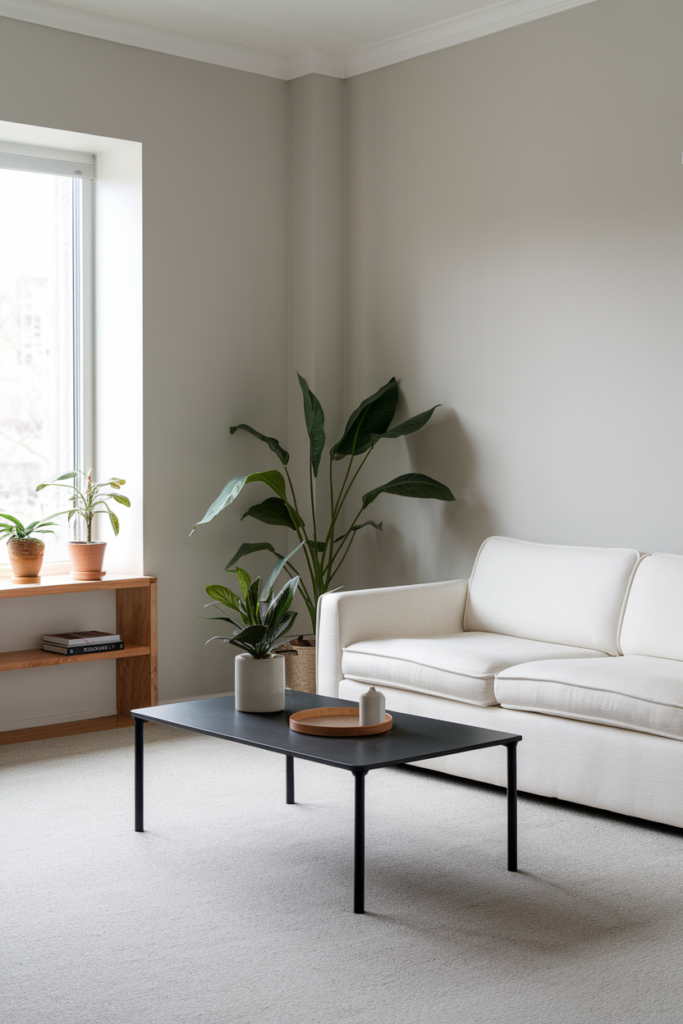
Choose your accessories wisely. In a minimalist living room, less is truly more. A single vase, a sculptural candleholder, or a well-placed mirror can make a bigger impact than a dozen knick-knacks.
24. Warm Lighting
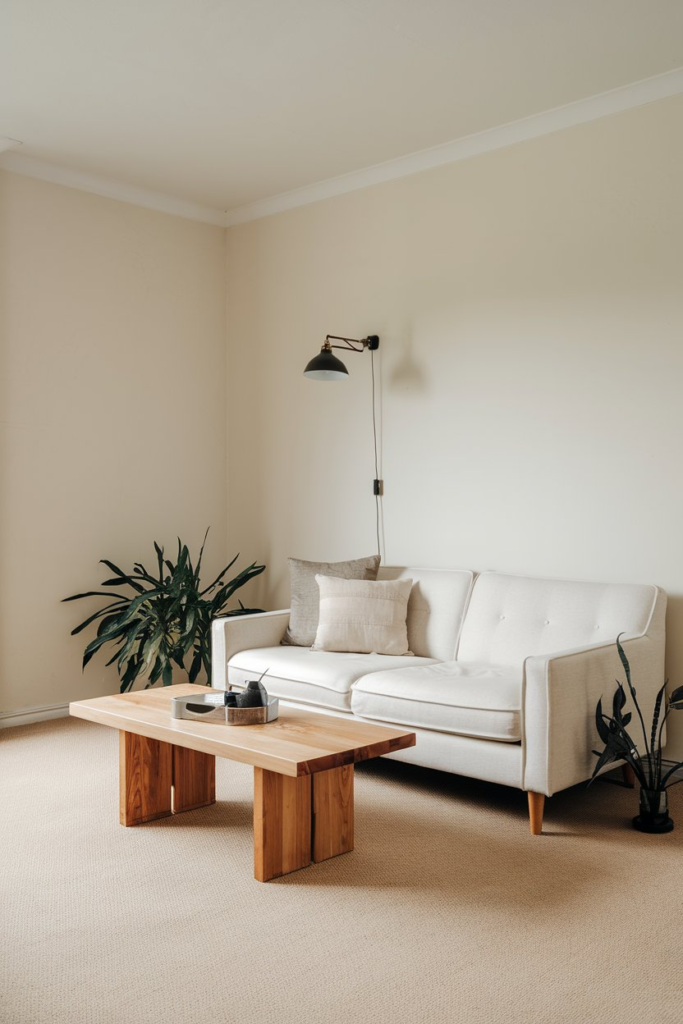
Use warm lighting to soften the room’s aesthetic. Avoid harsh, white light; instead, opt for dimmable warm-toned bulbs that create a cozy atmosphere.
25. Neutral Textiles
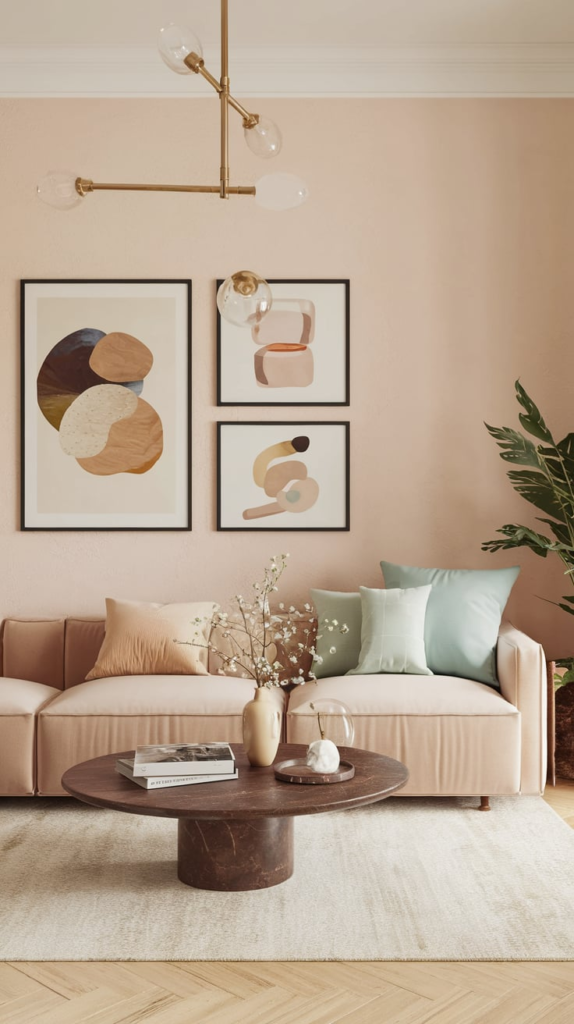
Incorporate neutral textiles like linen throws, cotton pillow covers, or wool rugs. These materials add softness and warmth while keeping the palette understated.
26. Layered Rugs

For added texture, try layering rugs. A large natural fiber rug beneath a smaller patterned one can add dimension to your minimalist living room without overwhelming it.
27. Reflective Surfaces
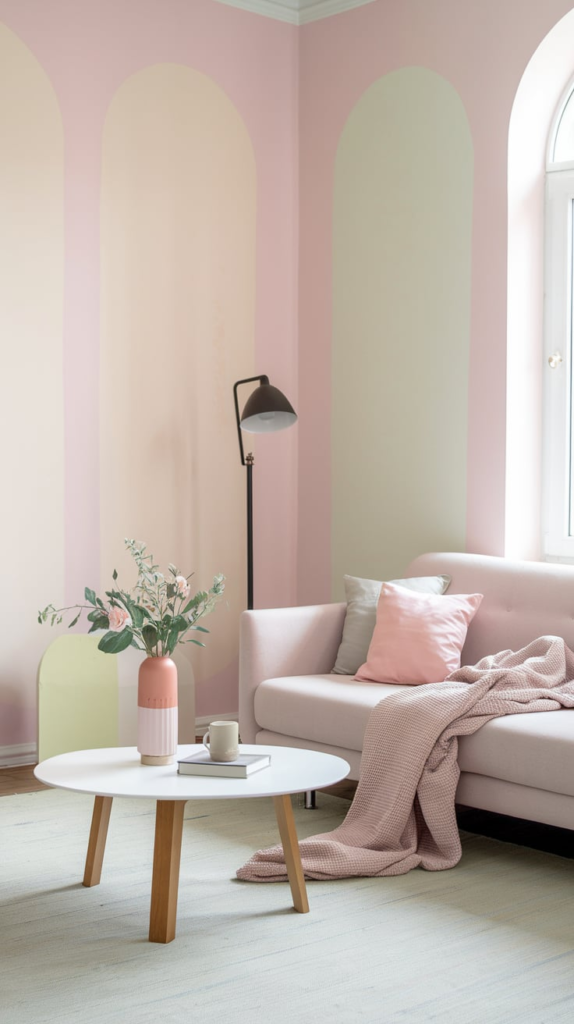
Make your space feel larger with reflective surfaces like glass tables, mirrored decor, or high-gloss finishes. These elements enhance light and create an illusion of spaciousness.
How to Nail the Minimalist Aesthetic

Minimalism isn’t about deprivation; it’s about intentionality. Here are some tips to perfect your minimalist living room:
- Edit Ruthlessly: Remove anything that doesn’t serve a purpose or bring joy.
- Prioritize Quality Over Quantity: Invest in fewer, high-quality pieces rather than cluttering the space with disposable decor.
- Stick to a Cohesive Palette: Limit your color scheme to three or four complementary shades.
- Embrace Empty Space: Negative space is a design element, not a flaw.
- Keep It Functional: Every piece should have a purpose, even if that purpose is simply to look beautiful.
Conclusion
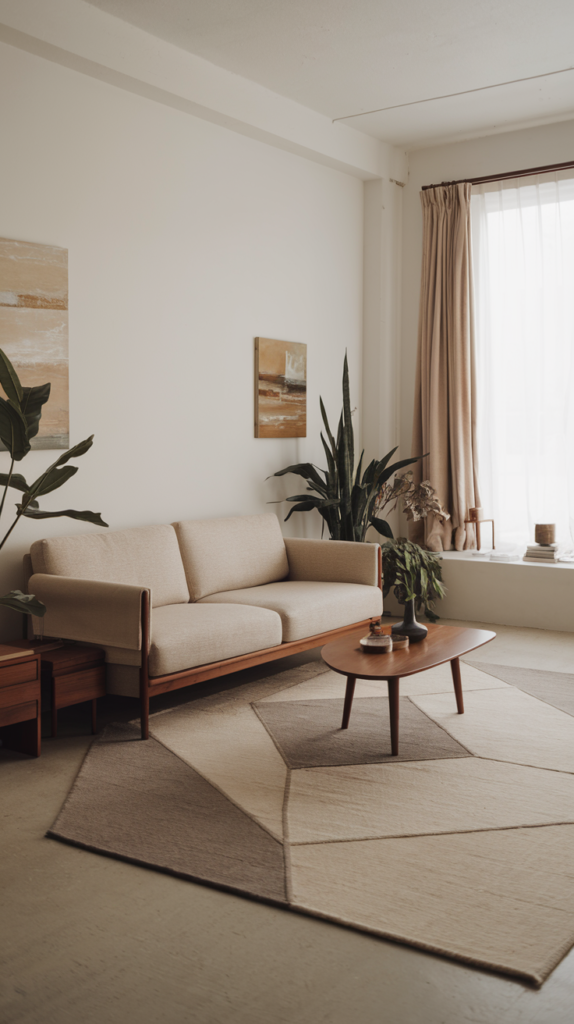
Creating a minimalist living room is about more than aesthetics; it’s about fostering a sense of calm and clarity in your home.
Whether you’re drawn to neutral palettes, sleek furniture, or natural accents, these 27 minimalist living room ideas can help you craft a space that’s stylish, functional, and utterly serene.
